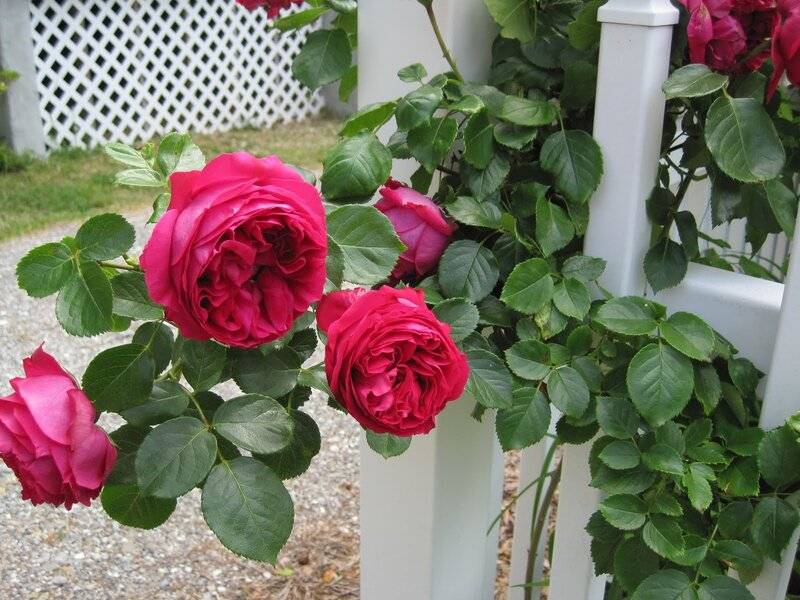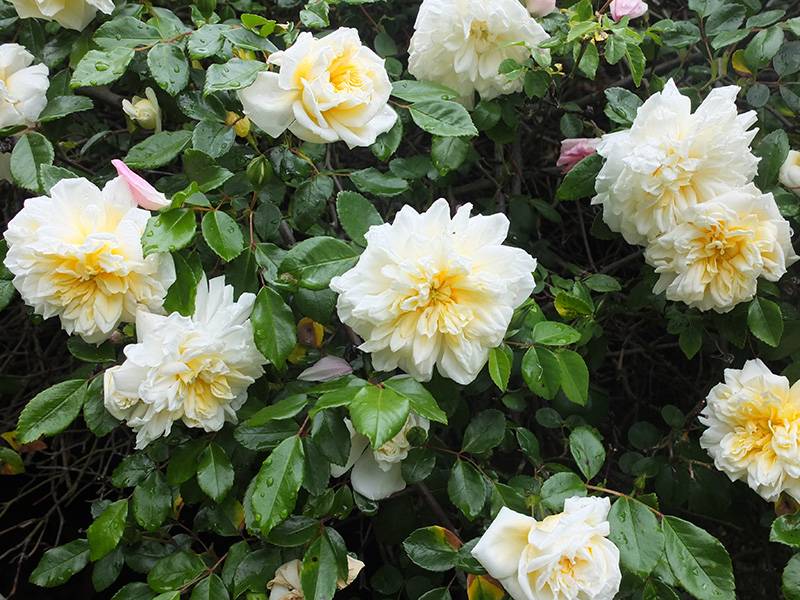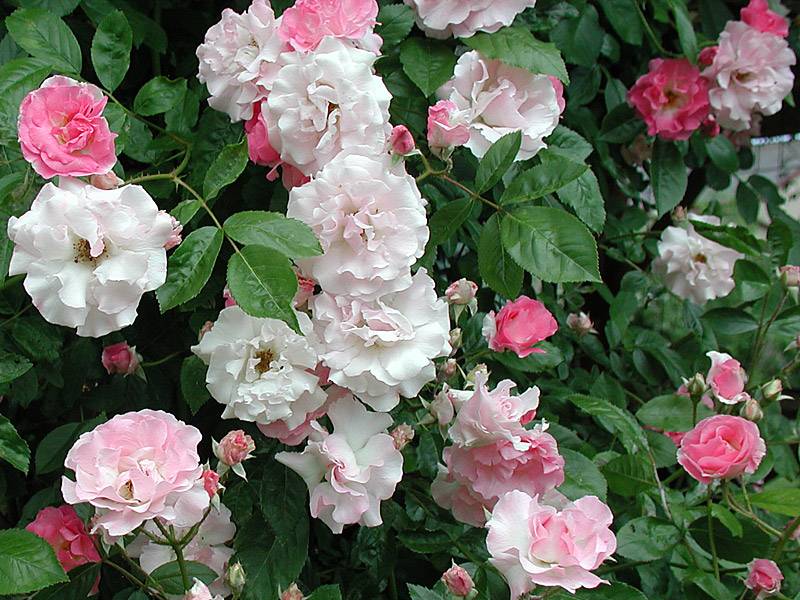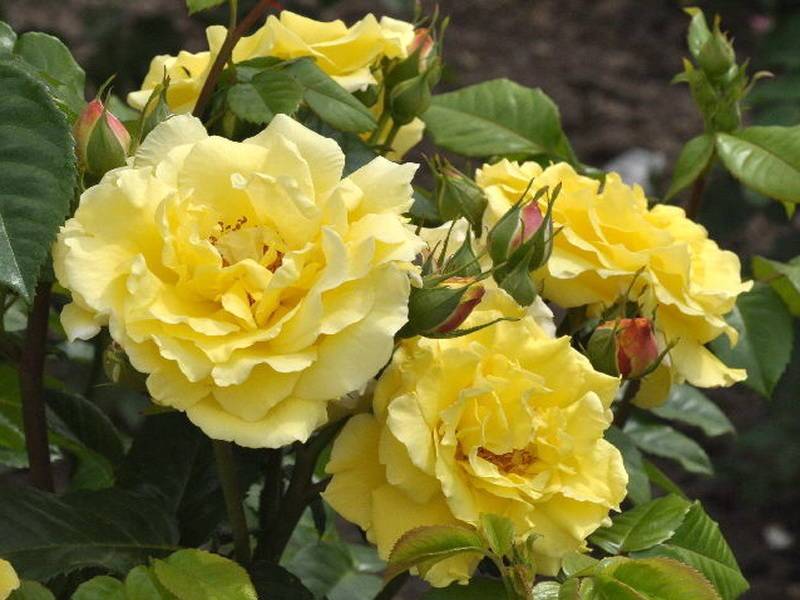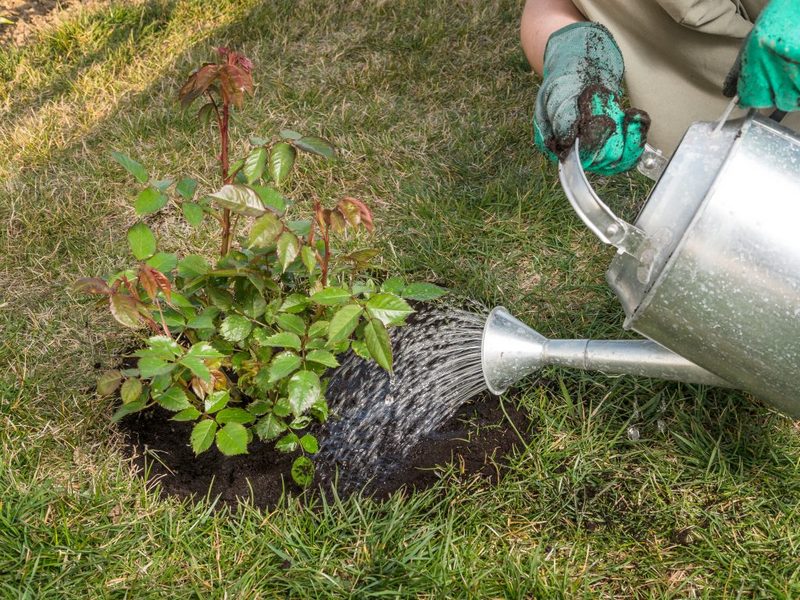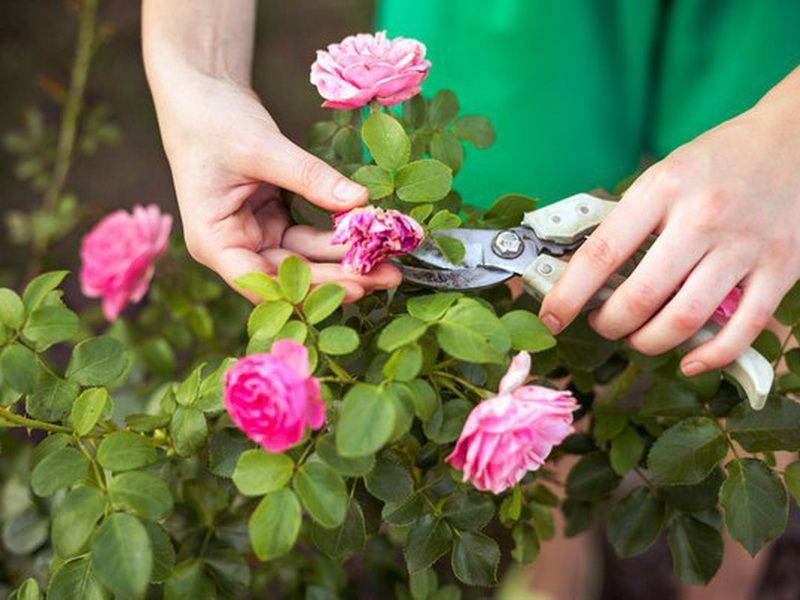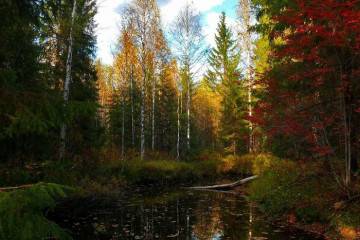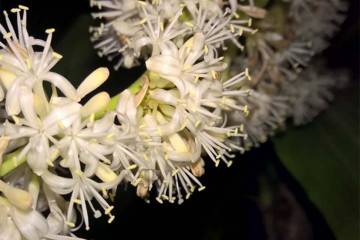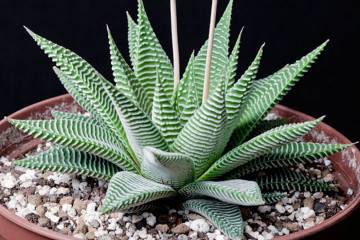Rose without thorns - what are, climbing and other types
Content:
Of all the variety of roses, thornless species are the most popular among landscape designers and gardeners. They are great for decorating home gardens, parks, gardens and flower beds.
Rose without thorns - what does it mean, description
The thornless rose differs from the classic one in that it has no thorns at all or very few of them. The thorns of such a rose, unlike the thorns of ordinary roses and rose hips, are soft and easily deformed when pressed.
The advantages and disadvantages of such roses
The main advantages of thornless roses:
- resistance to adverse weather conditions;
- refined and unique appearance;
- wide range of colors;
- the ability to quickly recover from frostbite;
- tolerate temperature fluctuations well;
- spectacular and long flowering;
- immunity to many diseases;
- graceful bush shape;
- bright, saturated leaves;
- the possibility of cuttings;
- demand in landscape design.
But besides positive qualities, thornless roses also have certain disadvantages:
- low resistance to precipitation;
- single flowering;
- the risk of fungal infections;
- average frost resistance.
Types of thornless roses
There are nine varieties of thornless roses:
- climbing. This type was obtained as a result of crosses of a series of multi-flowered, climbing North American and hybrid tea roses. They are profusely blooming;
- repairing. The hybrid was bred in the 19th century. Differs in fragrant double flowers. Bushes grow up to 2 m in height;
- tea-hybrid. It was obtained as a result of breeding tea varieties with remontant hybrids. Differs in multiple flowering. Double flowers, single or collected in clusters;
- polyant. It was created by breeding multi-flowered and Chinese roses. The flowers are small, similar to eustoma, collected in inflorescences and practically do not smell;
- floribunda. Selection of polyanthus, hybrid tea, Pernetsian and other varieties of roses;
- patio. Why it can be called that, there is no exact definition. The main features are considered to be low size (up to 55 cm in height) and abundant flowering;
- ground cover. A creeping shrub that can grow up to 1.5 m in diameter. Differs in an arcuate drooping shape of the stems;
- shrub. Another group is called shrabs. The branches are strong and firm, reaching 2 m in height. The flowers are small, lush. This species is resistant to disease and tolerates lower temperatures;
- standard. The bush resembles a small decorative tree. It is a single trunk with a lush crown of bright flowers. Needs shelter for the winter.
Most popular varieties
Below are the names of the most popular varieties of thornless roses.
Alberic barbier
On one branch, 1-3 large flowers are formed up to 17 cm in diameter. The color is peach, which changes over time, the petals become almost white. The aroma is persistent. The height of the bush is about 0.5 m, width is 0.4 m.
Lacorn
A thornless rose of the Lacorn variety is a short bush with dense dark green leaves. On the stems there are large pink flowers.
Fantin-Latour
A tall, lush bush, reaching 1.7 m in height and 2 m in width. The color of the flowers is light pink with a gradual transition to white. The flowers are large, about 9-10 cm in diameter, collected in racemose inflorescences of 5-10 buds. They have a rich aroma.
Wartburg
Powerful lush bush. Roses of crimson-pink color are small (about 1-2 cm in diameter), double and collected in inflorescences of 35-40 flowers. The period of abundant flowering lasts about a month.
Mme alfred carriere
A plant with pale pink flowers. On one shoot, up to five buds, each 10 cm in diameter, are formed. The aroma is intense. The height of the bush is 0.5 m, the width is up to 0.3 m.
Maman turbat
Pink flowers are collected in a cluster of several pieces. The bush is low, growing up to 0.7 m in height. The plant is frost-resistant, immune to disease. Differs in continuous flowering.
Maria Liesa
The flowers are small, simple and collected in large clusters, in appearance they resemble a hydrangea. The color is bright pink. No aroma. The height of the bush is up to 0.3 m, the width is 0.2 m.
Rosalita
The bush has a fountain-like shape. Small flowers are collected in clusters of 8-10 pcs. The petals are pale yellow and cream in color, which turn white with age. Strong musky aroma. The leaves are large, shiny, rounded, brownish-greenish. The height of the bush is 1.5 m.
Features of choice depending on the region
For planting in Siberia and the Urals, frost-resistant varieties with strong immunity are suitable. For the Moscow region, it is better to choose a type of roses that is not afraid of temperature changes. For the Middle Lane, a variety that winters well and has a long, abundant flowering is suitable. Flowers should tolerate various weather disasters well and at the same time retain their decorative effect.
How to grow such roses, the nuances of care
In order for roses to develop correctly, beautifully and bloom for a long time, they need to be provided with proper care.
Watering rules and humidity
During the dry period, watering should be moderate at intervals of 5-7 days. Reduce watering when it rains. Water should be used soft and settled. For lush and vibrant flowering, as well as the brightness of the foliage, the bushes should be regularly sprayed.
Top dressing and soil quality
Top dressing should be applied every three weeks. For this, it is better to use mineral complexes for flowering plants (1 g per 1 liter of water).
Pruning and replanting
To stimulate the growth of new buds in the fall, the bush should be pruned. Young bushes need to be transplanted to a new location every 1-2 years, and mature plants every five years.
Features of wintering a flower
Thornless roses have medium frost resistance. To ensure the safety of the bush and abundant flowering, the shoots must be bent to the ground and covered with any non-woven material. With such a shelter, even in a snowless winter, they will not freeze out.
Blooming thornless roses
The period of active growth and development begins in early spring. At the same time, buds are being laid. With the arrival of summer, the flowering period begins. It is at this moment that the roses need to be given proper care: water, remove faded buds, weed and loosen the ground around the bushes.
Care during and after flowering
During flowering, faded flowers and wilted inflorescences should be removed. Top dressing should be applied periodically. At the end of July, you need to remove the extra buds. Before the dormant period, fertilization should be stopped and watering should be reduced.
What to do if it does not bloom: possible reasons
The absence of flowers can be influenced by such factors:
- wrong landing site. In low light, buds will not form;
- applying a small amount of organic fertilizers;
- incorrect pruning when too many buds have been removed;
- the plant is sick or infected with parasites.
Flower propagation
The only possible breeding method is cuttings. Only with this method will it be possible to preserve all varietal characteristics.
Cuttings should be prepared in summer. It is best to cut them after the first wave of flowering in late July - early August.
Step-by-step instructions for grafting:
- Select shoots with two leaves at the very top.
- Treat the lower part of the cuttings with a root root and deepen it 3 cm into the ground at a distance of about 5 cm from each other.
- Water the plantings and cover with a plastic bag.
- Once every three days, remove the shelter to ventilate, water and spray.
- As soon as small roots appear, the cuttings can be planted in open ground.
Diseases, pests and ways to control them
Roses without thorns are resistant to various diseases and are rarely attacked by pests. For the purpose of prevention, it is better to avoid stagnation of water near the roots and treat the bushes with special preparations. When powdery mildew or brown spots appear, it is necessary to spray the plant with soapy water or Bordeaux liquid.
If desired, you can grow any types and varieties of thornless roses. The main thing is to make sure they are suitable for the specific climatic conditions. Also, roses of this type require sufficient attention, they are prone to infection by fungi and viruses.

